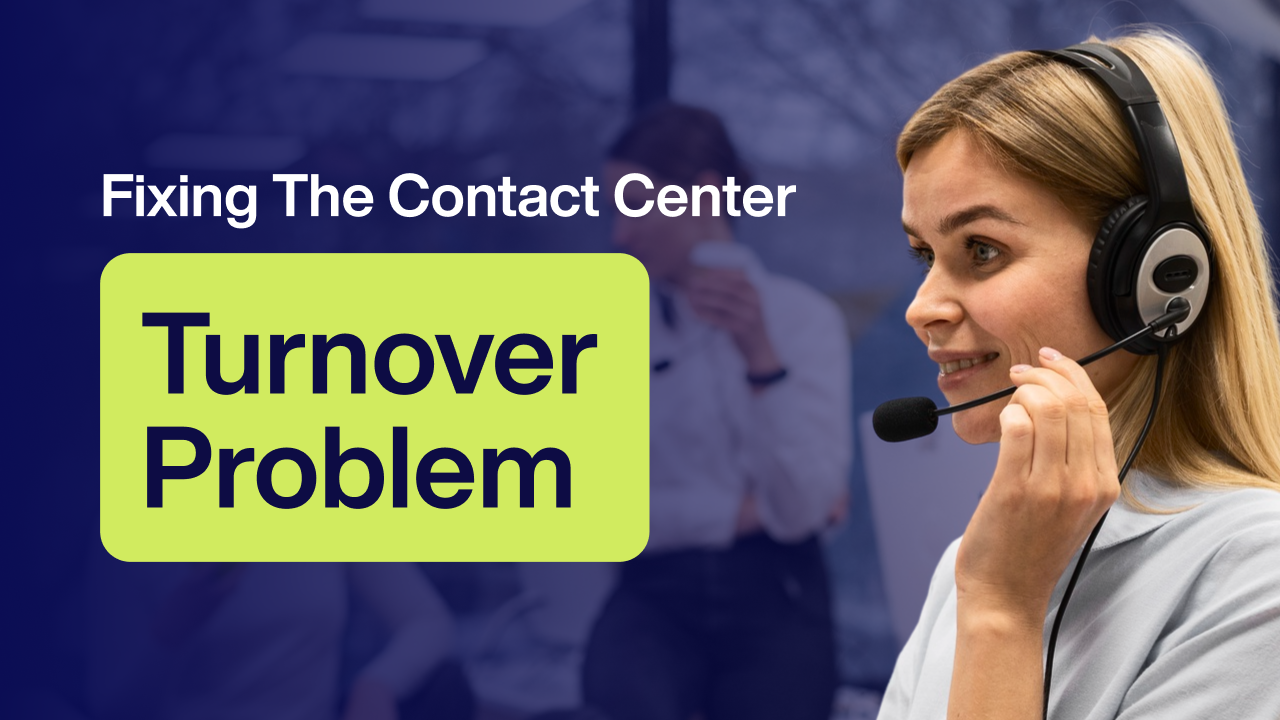Increasing Patient Portal Adoption: Strategies for Enhanced Engagement

Introduction
Patient portals have become integral to modern healthcare, offering patients secure online access to their health information, including medical records, test results, and appointment scheduling. These platforms empower patients to take an active role in their healthcare, leading to improved outcomes and satisfaction.Oxford Academic
Despite their benefits, patient portal adoption rates vary significantly. A systematic literature review revealed an overall mean adoption rate of 52%, with controlled experiments showing higher rates than real-world settings . Barriers such as lack of awareness, limited digital literacy, and concerns about privacy contribute to this disparity.PubMed
To enhance patient engagement and maximize the benefits of patient portals, healthcare organizations must implement strategic initiatives that address these challenges. This article explores key features, strategies, and real-world examples to increase patient portal adoption effectively.
1: Leveraging Educational Campaigns to Promote Portal Use
Understanding Patient Needs
Educational campaigns play a crucial role in increasing patient portal adoption. Tailoring these campaigns to address specific patient needs and concerns can significantly impact their effectiveness. For instance, older adults may require more guidance on navigating digital platforms, while younger patients might benefit from information on mobile app functionalities.
Implementing Multichannel Education
Utilizing various communication channels ensures broader reach and engagement. Strategies include:WIRED
- In-Clinic Demonstrations: Providing hands-on assistance during visits to familiarize patients with portal features.
- Printed Materials: Distributing brochures and flyers that outline portal benefits and usage instructions.
- Digital Outreach: Sending emails and text messages with tutorials and reminders to encourage portal use.BioMed Central
A study highlighted that informing patients and professionals about the patient portal, embedding it into daily routines, and adjusting it to patient needs are effective strategies for adoption .jmir.org
2: Incentivizing Portal Engagement Through Personalized Communication
Enhancing User Experience
Personalized communication can motivate patients to engage with patient portals. By tailoring messages to individual health needs and preferences, healthcare providers can demonstrate the portal's relevance to each patient. Examples include:healthyagingpoll.org
- Appointment Reminders: Sending personalized notifications through the portal to reduce no-show rates.
- Health Tips: Providing customized health information based on patient history and conditions.
- Follow-Up Messages: Encouraging patients to review test results and treatment plans via the portal.
Such personalized interactions not only promote portal use but also enhance patient satisfaction and adherence to care plans.
Offering Incentives
Incentives can further encourage portal adoption. These may include:
- Access to Exclusive Content: Providing educational materials or wellness programs accessible only through the portal.
- Streamlined Services: Offering quicker prescription refills or appointment scheduling for portal users.
- Recognition Programs: Acknowledging active portal users through newsletters or patient appreciation events.
Implementing such incentives can create a positive feedback loop, where increased portal use leads to enhanced services, further motivating engagement.
3: Real-World Examples of Successful Portal Adoption Strategies
Ontario Shores HealthCheck Patient Portal
Ontario Shores implemented the HealthCheck Patient Portal, resulting in notable improvements:PMC
- Increased Appointment Attendance: Portal users had a 67% higher likelihood of attending appointments compared to non-users .
- Reduced Information Requests: There was an 86% decrease in information requests among users, indicating improved access to necessary health information.PMC
These outcomes demonstrate the portal's effectiveness in enhancing patient engagement and streamlining communication.
National Trends in Portal Usage
According to the Office of the National Coordinator for Health IT, patient portal usage has significantly increased:hcinnovationgroup.com
- Access Rates: In 2022, about 3 in 5 individuals were offered and accessed their online medical records or patient portals, marking a 50% increase from 2020 .
- Frequency of Use: More than half of individuals who were offered online access reported accessing their records at least three times in 2022.PMC+2hcinnovationgroup.com+2HealthIT+2
These statistics reflect growing patient reliance on digital health tools and underscore the importance of continued efforts to promote portal adoption.
Conclusion
Patient portals are vital tools for enhancing patient engagement, improving health outcomes, and streamlining healthcare delivery. Despite their proven benefits, adoption rates vary, necessitating targeted strategies to encourage widespread use.
Educational campaigns tailored to patient demographics, personalized communication, and thoughtful incentives have shown effectiveness in promoting portal engagement. Real-world examples, such as the Ontario Shores HealthCheck Patient Portal, illustrate the tangible benefits of these strategies.
As digital health continues to evolve, healthcare organizations must prioritize patient portal adoption to ensure patients are empowered to take an active role in their care.
Healthcare providers are encouraged to assess their current patient portal engagement strategies and implement targeted initiatives that address patient needs and preferences. By doing so, they can foster a more connected, informed, and satisfied patient population.
No Spam —
Just Good Stuff.
Join our newsletter for actionable advice, insider knowledge, and strategies that drive real results.
No fluff, just value.
%20(1).png)

.png)



























































.png)
.png)
.png)



.png)
.png)
.png)
.png)
.png)
.png)
.png)
.png)
.png)
.png)
.png)
.png)
.png)
.png)
.png)
.png)

















